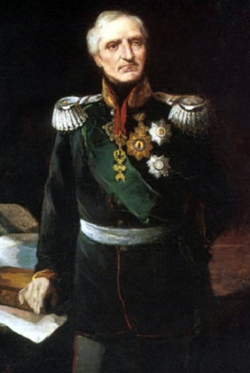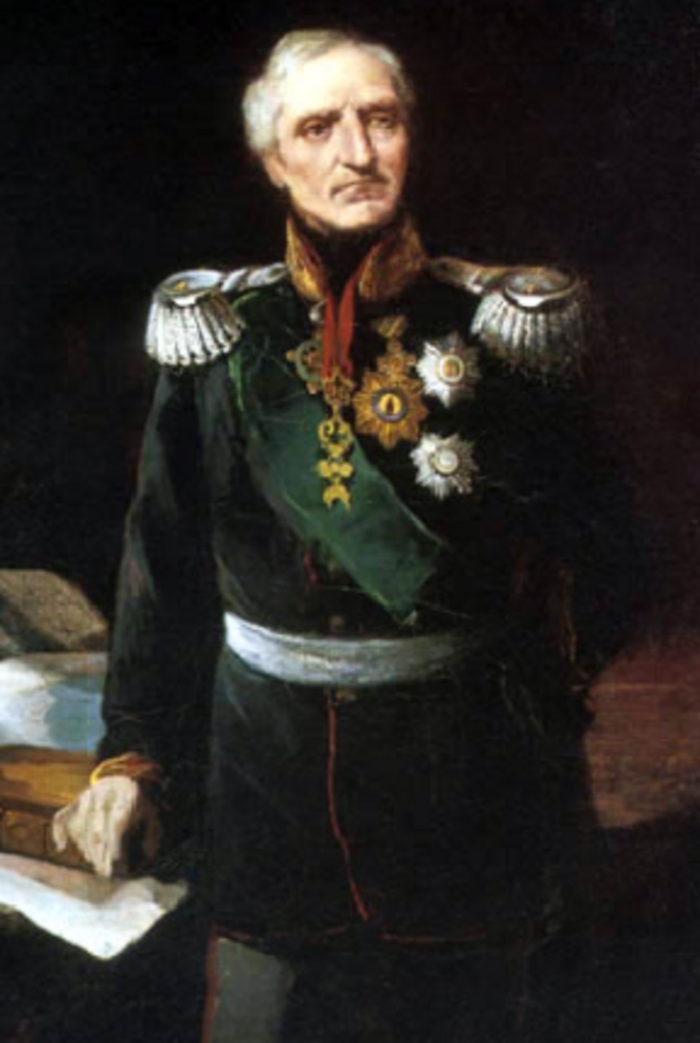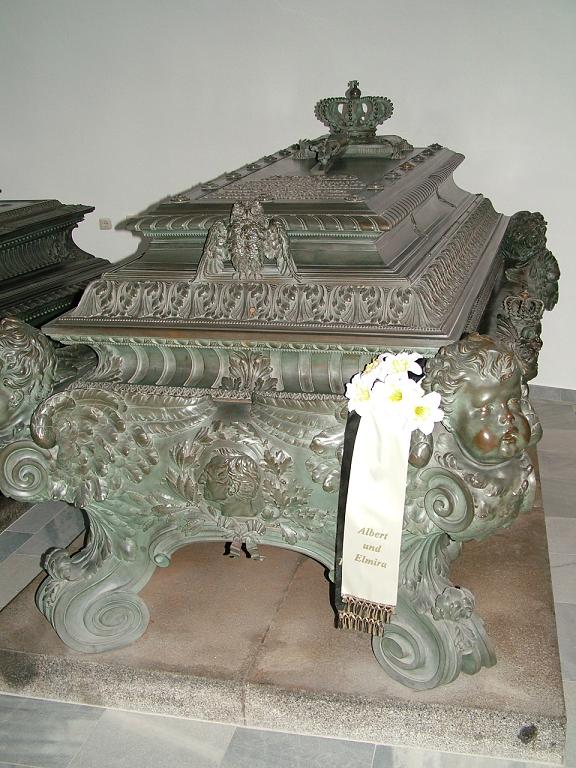Bio by: Lutetia
Family Members
-
![]()
Maria Augusta of Saxony
1827–1857
-
![]()
Albert of Saxony
1828–1902
-
![]()
Marie Elizabeth Maximiliane von Sachsen
1830–1912
-
![]()
Ernst Friedrich August von Sachsen
1831–1847
-
![]()
George of Saxony
1832–1904
-
Maria Sidonia von Sachsen
1834–1862
-
![]()
Anna Maria von Sachsen
1836–1859
-
![]()
Anna Maria von Sachsen
1836–1859
-
![]()
Margarete Karoline of Saxony
1840–1858
-
![]()
Sophia Marie von Sachsen
1845–1867
Advertisement
See more Johann of Saxony memorials in:
Explore more
Sponsored by Ancestry
Advertisement






















